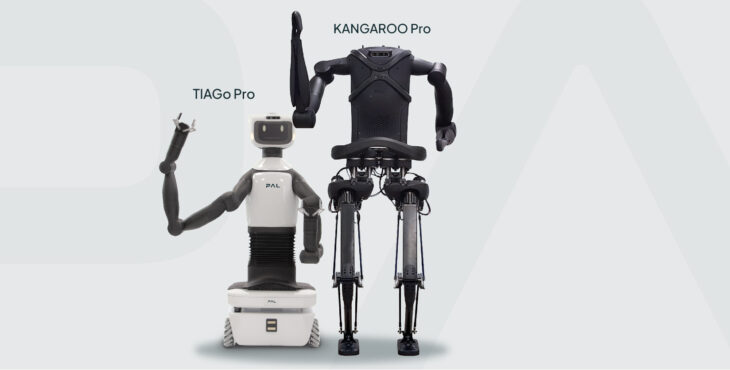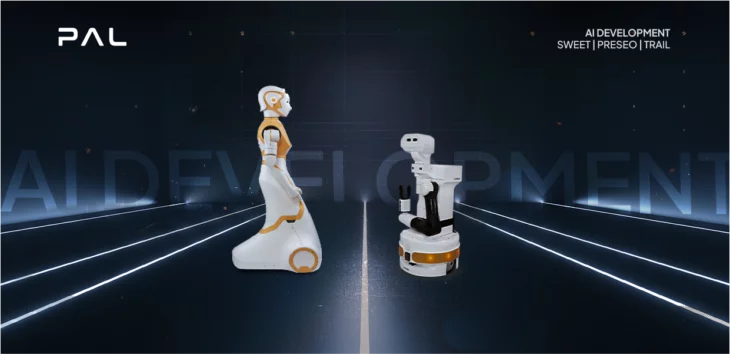REEM-C in Munich at TUM
H1 (REEM-C robot) is going to be used as a research platform at Institute for Cognitive Systems (ICS). Two projects are highlighted by ICS chair, Professor Gordon Cheng, in which they will use REEM-C, the first humanoid robot that is acquired by the Institute.
A skin for robots
The first research is the development of a skin that will cover the humanoid robot, which will provide theability of touch to REEM-C. “We are focusing a lot on how touch makes sense for robots, and how touch can interact and can actually change the way we deal with the world”, said Dr. Cheng in a recent talk we had with him.
He noticed that touch has been “a very missing appointment in robotics, and it’s very intrinsic to humans”. Dr. Cheng remarked that is a very important sense for us in many situations. For example when we feel that something is hot, touch “prevents us from getting injured”. Transfering this ability to robots opens a new range of possibilities in the field.
How the brain controls walking
The second main investigation in which ICS wants to use REEM-C is active neuro-prostheses, such as walking. Dr. Cheng and his team want to focus on knowing “how would you utilize brain signals to control a robot to walk, and then applying that kind of research into making paralyzed people walk or enabling people to walk better”, explains the professor in this TUM’s video.
Here you can watch REEM-C’s arrival at ICS and hear Dr. Cheng explaining the projects in which they will use them:
(Video credits: Technical University Munich)
If you liked this article, don’t forget to check out our blog on robotics that details the works and research of PAL Robotics.
For any question, don’t hesitate to get in touch in with us!


